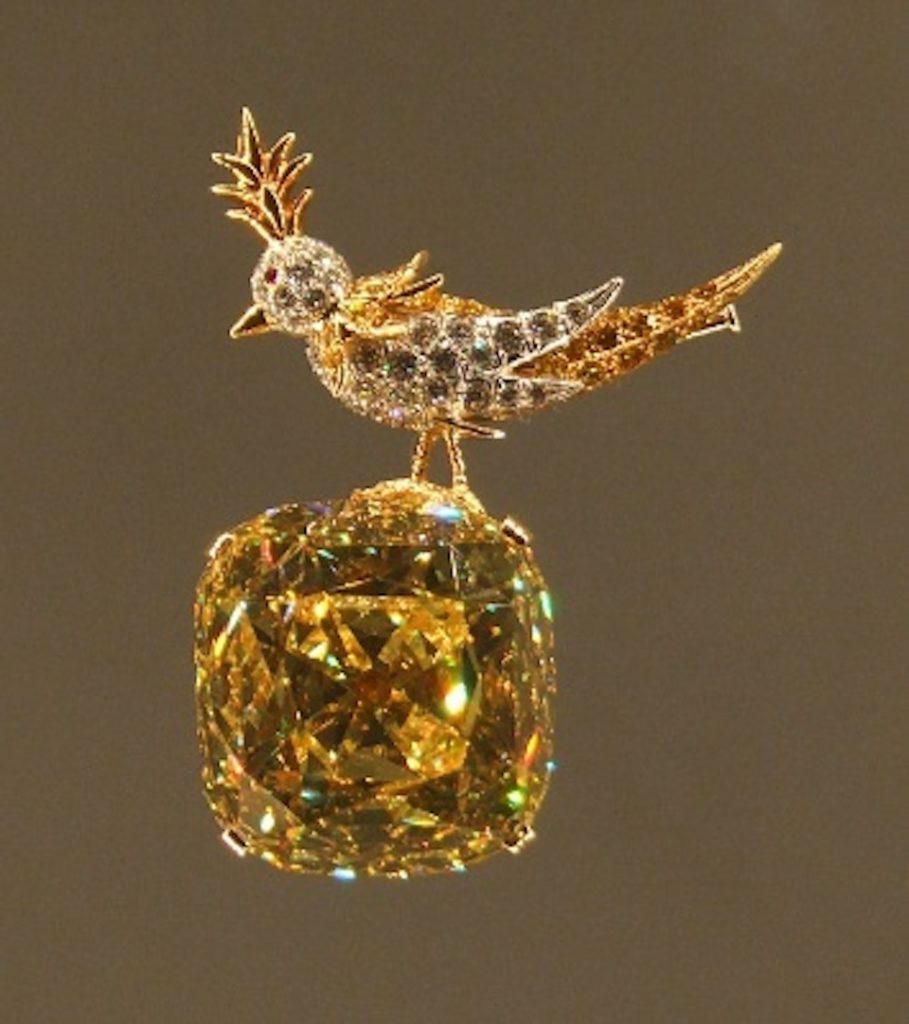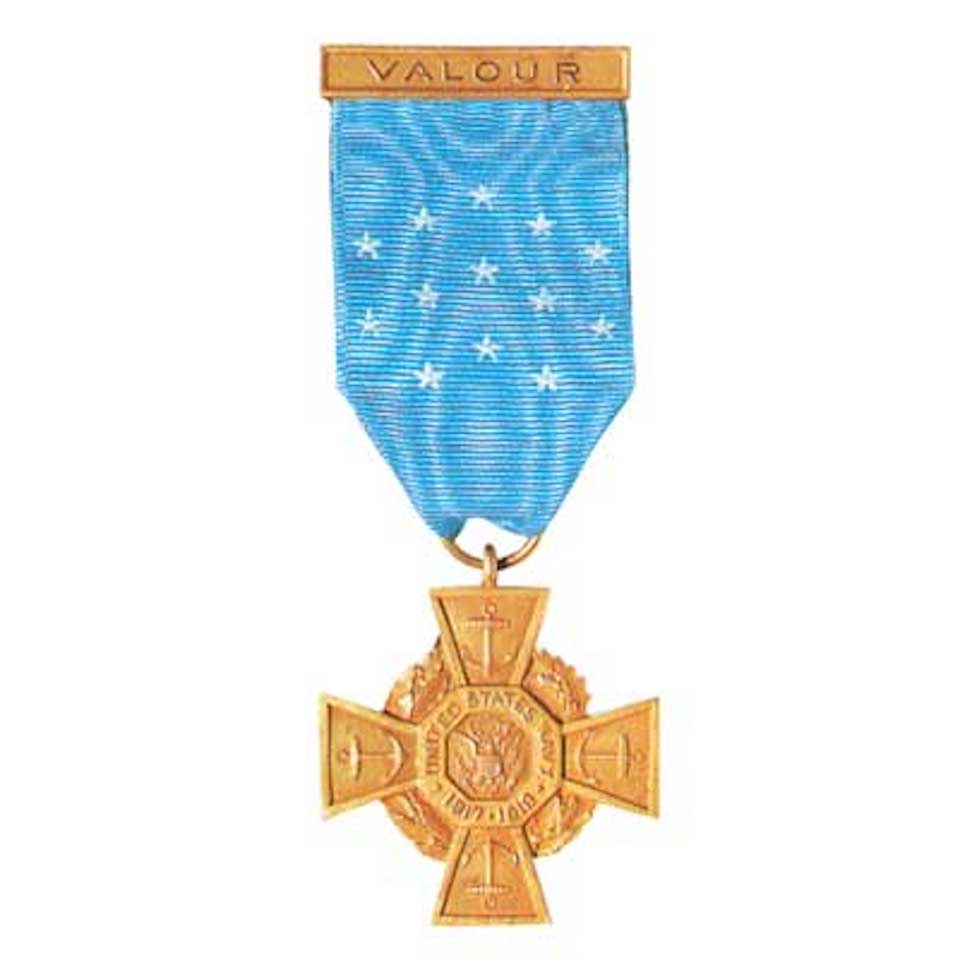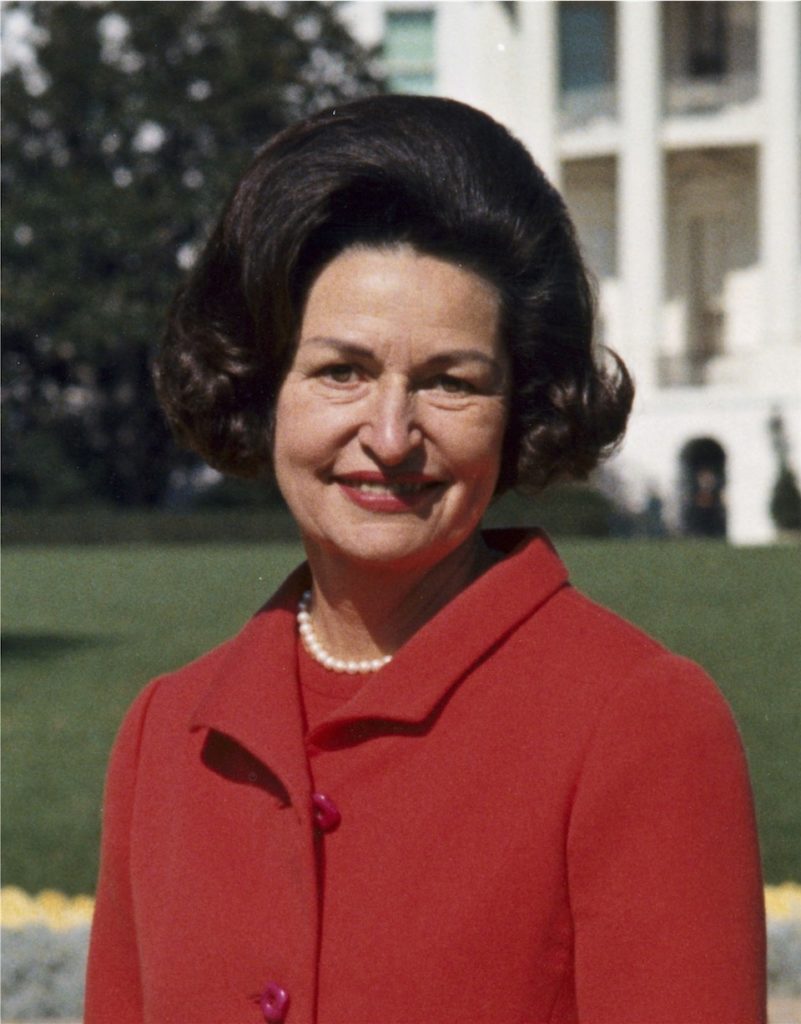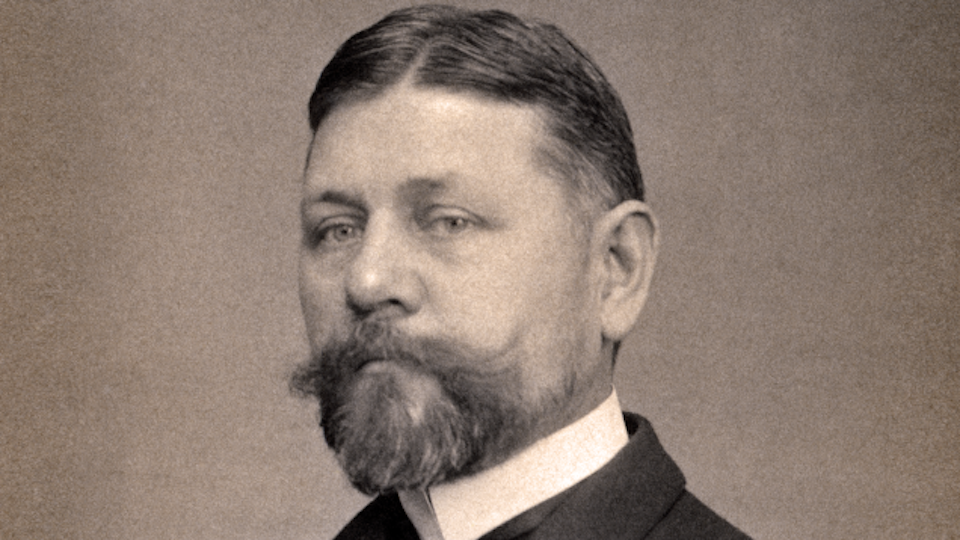Tiffany & Co – the jewellery legend

Founded in 1837 In Brooklyn, Connecticut as a “stationery and fancy goods emporium” by Charles Lewis Tiffany and John B. Young, “Tiffany, Young & Ellis” were one of the earliest luxury brands to establish themselves in the then nascent United States of America. It quickly built a reputation for luxury, reinforced by the patronage of the Russian Imperial Romanov dynasty in the nineteenth century. The name changed to Tiffany & Company in 1853 when Charles Tiffany took control and began to specialise the business into the jewellery market. It may seem remarkable to modern consumers that Tiffany’s were one of the first major brands to clearly mark prices on each of its pieces to avoid a process of bidding and haggling, which was commonplace with its competitors at the time. Furthermore, Tiffany’s would only accept cash payments for its goods and did not offer credit terms of any kind. Tiffany also pioneered the mail order catalogue in 1845, known as the “Blue Book,” and it is still published to this day. By 1862 the USA had been engulfed in the US Civil War and Tiffany & Co retooled their workshops to produce swords, flags, medals and surgical instruments for the Union Army.

When the war concluded in 1865 Tiffany & Co returned to jewellery manufacture and expanded greatly in the years that followed. In 1867 they were the first US company to win an award for excellence in silverware at the Exposition Universelle in Paris and the following year they formally incorporated. In 1870 Tiffany’s opened a new store in Manhattan, designed by the world renowned architect of the day John Kellum, which cost over $500,000 and was reported by the New York Times as a “palace of jewels.” They were to stay in this building until 1906. In 1878 Tiffany & Co won the gold medal for jewellery and a grand prize for silverware at the Paris Exposition, building the brand to ever greater heights. In 1887 Tiffany increased their French connection by purchasing the French Crown Jewels, bringing much publicity to the firm. Charles Tiffany died in 1902 and his son, Louis, became the first Design Director. Tiffany’s were involved in the design and manufacture of a number of US Medals of Honour in both the First and Second World Wars and also contributed significantly to the US war effort in both campaigns.

After the Second World War Tiffany’s enjoyed another growth spurt, aided in part by the hiring of the highly talented designer Jean Schlumberger and a collaboration with Andy Warhol. A number of bespoke commissions also provided a boost, such as one in 1968 from Lady Bird Johnson, the First Lady, to create a White House china-service that featured over 90 individual flowers. In 1978 Tiffany’s were sold to Avon Products Incorporated for $104 million in stock. The company experienced a period of turbulence in the 1980s in which it was sold twice, once to an investor group led by William R. Chaney for $135.5 million and again in 1987 when it was floated on the US stock market for $103 million. It suffered as a result of twin recessions in the early 1980s and again in the early 1990s, by which time many of its products were way beyond affordability for most of its loyal, middle income, customers. From the early to mid 1990s onwards Tiffany placed a new emphasis on mass merchandising and brought out new product ranges that were within reach of the average consumer for the first time.

Tiffany & Co have over the years become synonymous with some of the world’s most fascinating gemstones. The Tiffany Yellow Diamond is a very rare 128 carat, modified cushion-shape stone featuring 90 facets, instead of the 57 or 58 of a normal standard brilliant cut. The stone was discovered in 1878 but it has never been sold so it is very difficult to estimate its true value and it is kept on display in the company’s New York City flagship store. In fact it was Tiffany’s in house gemmologist, George Frederick Kunz, who was pivotal in the worldwide adoption of the metric carat as the standardised weight for gems and the Tiffany standard for sterling silver and platinum were also adopted the US standard. Tiffany have enjoyed the full patronage of some of the most famous people in the world, including royalty, Hollywood stars, famous athletes and venerable American dynasties, such as the Astors, Vaderbilts, Posts, Huttons and Morgans. Tiffany’s operate a strict policy of not purchasing back any item they have sold to a customer in any circumstance, in order to prevent the impression forming that the items have devalued in the buy back process due to the difference between the retail and commercial value of each item.

In November 2012 Tiffany’s agreed a $60 million per year contract to purchase diamonds from the Russian mining group of companies known as ALROSA, an organisation that controls 95% of Russian and 28% of global rough diamond production. This is in addition to contracts held with diamond producers in Australia, Botswana, Canada, Namibia, Sierra Leone and South Africa. Tiffany have also produced a wide variety of coloured gemstone pieces and they have played a key role in popularising a number of previously largely unknown coloured stones such as tsavorite, kunzite, and morganite. Since the millennium Tiffany have greatly increased their investment in philanthropic organisations in a drive to boost their ethical image. This has included the establishment of the Tiffany & Company Foundation in 2000, which provides grants to not-for-profit organisations, specifically targeting the environment and the arts. By 2015 Tiffany & Co were operating from 103 international stores and 64 in the US, making them the largest global jewellery retailer.
Visit London DE’s blog to explore similar articles.


